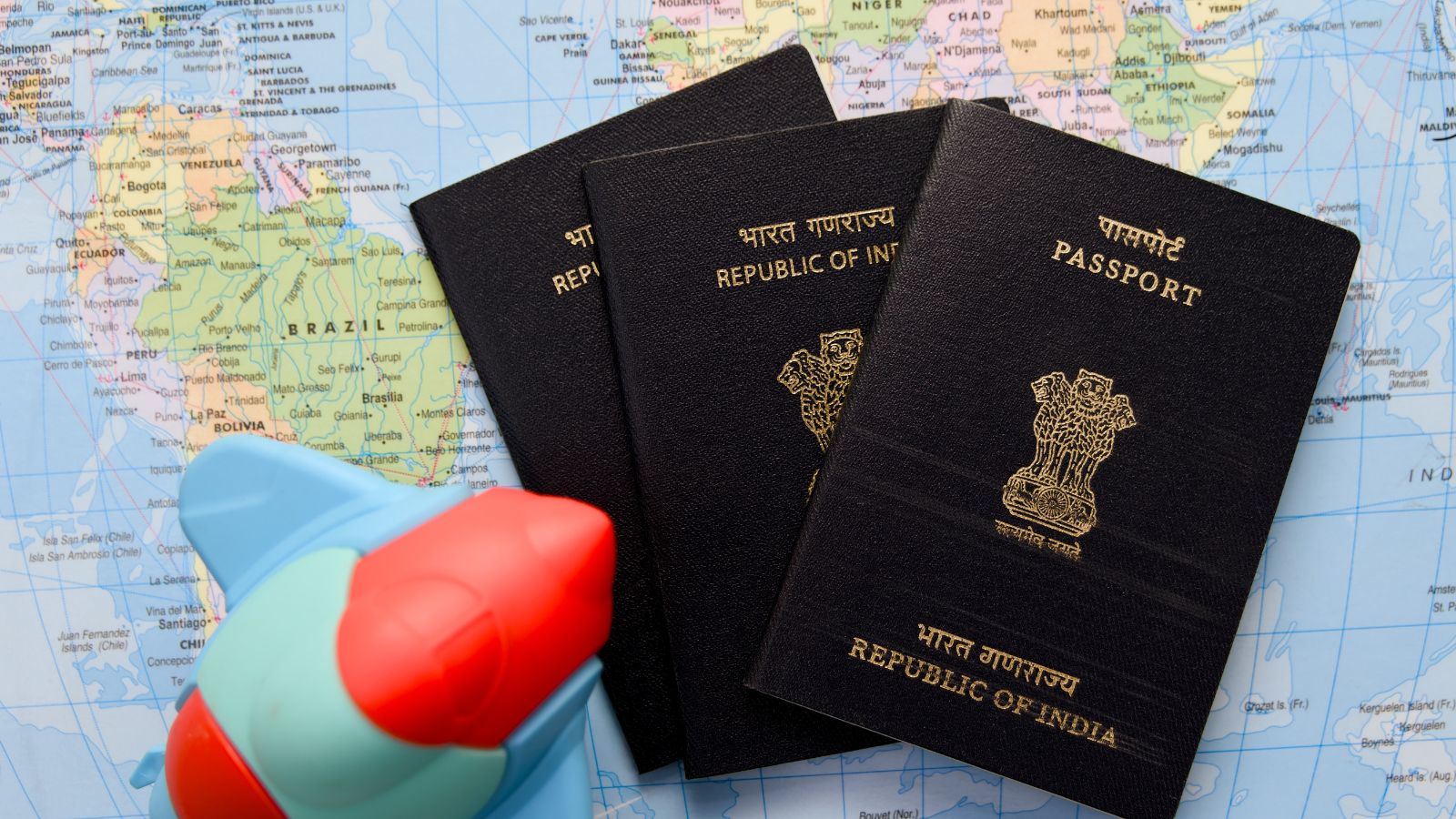The United States and Canada share a long border and numerous cultural ties, but their approaches to significant issues often diverge. Canada has developed policies in health care, immigration, social programs, and governance that offer valuable lessons for the U.S. Here are 18 key areas where the U.S. could benefit from adopting Canadian ideas.
Universal Health Care

Canada provides health care to all its residents through a publicly funded system. This means that people can visit the doctor, receive hospital care, and access various medical services without incurring out-of-pocket expenses. Each province operates its system, but the overall goal remains the same: care based on need, not ability to pay. In contrast, the U.S. has a mix of private insurance, government programs, and high costs, which can leave many people uninsured or underinsured. Canada’s approach reduces financial stress during illness and improves everyone’s access to basic care.
Welcoming Skilled Workers

Canada uses a points-based system to select immigrants. People earn points for education, work experience, language ability, and age. Those with higher scores are invited to apply for permanent residency. This system helps bring in skilled workers who match the country’s needs. It is fair, transparent, and does not favor any particular nationality. In contrast, the U.S. focuses more on family-based immigration, with fewer slots for skilled workers. Canada’s model provides a straightforward approach to aligning immigration with economic objectives.
Faster Work Permits

Canada processes many immigration applications more quickly than the U.S. Programs like Express Entry and the Global Skills Strategy enable skilled workers to obtain visas in six months or less. In the U.S., similar applications can take years due to quotas and red tape. Canada’s faster system benefits both workers and employers. It helps companies find talent quickly and enables new residents to settle more quickly. Speed and simplicity make the process easier and more reliable.
Balanced Immigration Goals

Canada balances its immigration priorities across three main categories. These are economic immigrants, family reunification, and refugees or humanitarian cases. Each category has a clear target and process. This balanced approach enables the country to grow its economy, support families, and fulfill its global responsibilities. The U.S. system is more heavily weighted toward family-based immigration. Canada’s method shows how setting clear goals in each area can make immigration policy more effective and well-rounded.
Support for Newcomers

Canada invests in services to help immigrants adjust after arrival. These include free language classes, job training, and settlement assistance. Programs are offered through local agencies and funded by the federal government. This support helps newcomers find employment more quickly and feel a sense of belonging within their community. In the U.S., such services vary widely by state and are often limited. Canada’s model shows how early support can improve long-term outcomes for immigrants and the broader economy.
Multicultural Identity

Canada officially supports multiculturalism as part of its national identity. The government encourages people to maintain their cultural traditions while also fully participating in Canadian society. Schools, media, and public services reflect this inclusive approach. In contrast, the U.S. focuses more on assimilation. Canada’s example demonstrates that recognizing and respecting cultural differences can foster stronger communities and mitigate social tensions. It also helps newcomers feel accepted and valued.
Charter of Rights

Canada’s Charter of Rights and Freedoms protects individual rights at the national level. It guarantees freedoms like expression, religion, and equality under the law. Passed in 1982, the Charter applies to all levels of government and is enforced by the courts. It also includes language rights and protections for minority groups. The U.S. Constitution has similar protections, but legal interpretations often vary by state. Canada’s Charter provides a more unified and consistent framework for protecting civil rights nationwide.
Progressive Tax System

Canada’s tax system is structured so that higher earners pay a larger share of their income in taxes. This helps fund essential services, including healthcare, education, and social programs. Corporate taxes are also used to support public infrastructure and job creation. The system is designed to reduce income inequality while still encouraging growth. The U.S. also has a progressive tax structure, but with more deductions and loopholes. Canada’s approach shows how tax policy can support both fairness and public investment.
Strict Gun Laws

Canada has strict regulations on gun ownership. People must pass background checks, complete safety courses, and register many types of firearms. Certain guns are banned altogether. These laws aim to reduce gun violence and improve public safety. Mass shootings are far less common in Canada compared to the U.S. In contrast, the U.S. has fewer restrictions and higher rates of gun-related deaths. Canada’s system demonstrates how careful regulation can strike a balance between legal ownership and robust safety standards.
Independent Judiciary

Canada’s courts operate independently from political influence. Judges are appointed through a merit-based process and are required to retire by age 75. The Supreme Court of Canada is the final authority on constitutional and legal matters. Decisions are respected across all provinces. This structure helps maintain public trust and ensures that laws are applied fairly and consistently. In the U.S., judges are also independent but serve lifetime terms, and appointments have become more politically divisive. Canada’s model shows how judicial independence can be preserved through explicit rules and limited terms.
Federal-Provincial Balance

Canada divides powers clearly between the federal and provincial governments. Provinces have control over areas like health care, education, and natural resources. The federal government is responsible for immigration, defense, and trade. This division allows policies to reflect regional needs while maintaining national standards. In the U.S., state and federal authorities often overlap, leading to legal conflicts. Canada’s system provides a more transparent structure that helps reduce confusion and encourages cooperation between levels of government.
Stable Trade Relations

Canada maintains stable and predictable trade relations with many countries. It is part of trade agreements such as CUSMA and CPTPP, as well as agreements with the European Union. These deals are built on long-term planning and multilateral cooperation. The U.S. has a significant trade influence but has occasionally employed tariffs and unilateral decisions that create uncertainty. Canada’s trade strategy focuses on building trust and consistency, which helps attract investment and protect jobs.
Cross-Border Manufacturing

Canada and the U.S. have built deep manufacturing ties, especially in the auto and aerospace sectors. Products often cross the border multiple times before they are finished. Canada supports integrated supply chains through consistent policies and customs coordination. This helps both countries remain competitive on the global stage. The U.S. could benefit from reinforcing these ties and avoiding sudden trade changes that disrupt production. Canada’s stable approach shows how cross-border manufacturing can create jobs and strengthen regional economies.
Smart Border Security

Canada uses technology, data sharing, and trusted traveler programs to manage border security. Programs like NEXUS enable pre-approved travelers to move more quickly between the U.S. and Canada. Security and trade are balanced through cooperation and planning. The U.S. system is larger and more complex, but it could adopt some of Canada’s best practices to reduce wait times and improve efficiency. Canada’s model shows that borders can be secure without creating unnecessary barriers.
Indigenous Reconciliation

Canada has made formal efforts to address historical injustices faced by Indigenous peoples. This includes public apologies, the Truth and Reconciliation Commission, and dedicated funding for education, health, and land rights. While challenges remain, the country has taken steps to recognize Indigenous self-governance and treaty obligations. In the U.S., similar efforts exist but are often less centralized or publicly acknowledged. Canada’s approach underscores the importance of national reconciliation and the value of long-term commitments.
Health Access Equity

Canada aims to provide equal access to healthcare for all residents, regardless of their income or location. While some rural areas face challenges, overall, the system reduces gaps in health outcomes compared to many countries. Programs focus on preventive care and the management of chronic diseases. The U.S. struggles with wide disparities in access and outcomes, mainly due to insurance coverage differences. Canada’s focus on equity helps improve public health and reduce costs over time.
Inclusive Education

Canada promotes inclusive education by supporting students from diverse backgrounds, including immigrants and Indigenous peoples. Schools offer language assistance and cultural programs to support all students in their academic success. Education policies emphasize equal opportunities and reducing achievement gaps. The U.S. shares similar goals but faces greater variation in resources among districts. Canada’s approach highlights the importance of investing in all students to build a strong and diverse workforce.
Tech Talent Strategy

Canada actively attracts global tech talent through streamlined immigration and startup-friendly policies. Cities like Toronto and Vancouver have become hubs for innovation and technology jobs. Programs support entrepreneurs, research, and skills development. The U.S. remains a global leader but faces challenges with visa limits and processing delays. Canada’s strategy demonstrates how clear policies can foster a competitive tech sector and address skill shortages.
21 Products Canadians Should Stockpile Before Tariffs Hit

If trade tensions escalate between Canada and the U.S., everyday essentials can suddenly disappear or skyrocket in price. Products like pantry basics and tech must-haves that depend on are deeply tied to cross-border supply chains and are likely to face various kinds of disruptions
21 Products Canadians Should Stockpile Before Tariffs Hit
